
@’s by PACIFIC RIM writer
Travis Beacham!!!
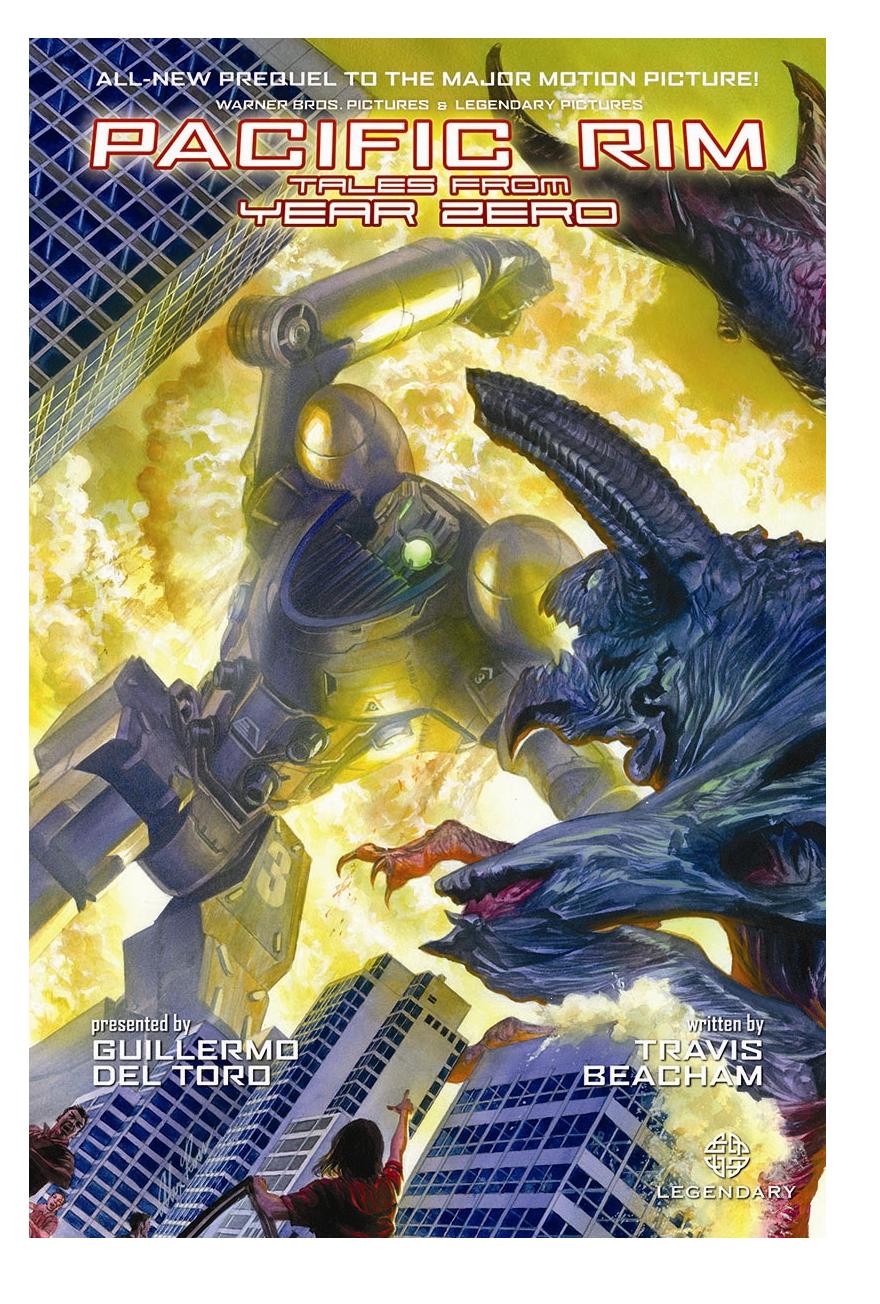 MATT ADLER (MA): Tell us a little bit about how you got involved with Legendary in making the PACIFIC RIM film and TALES FROM YEAR ZERO graphic novel.
MATT ADLER (MA): Tell us a little bit about how you got involved with Legendary in making the PACIFIC RIM film and TALES FROM YEAR ZERO graphic novel.TRAVIS BEACHAM (TB): It was an idea I had back in 2007, and I sort of sat on it for a little while waiting for the details to coalesce. And once I got to the point where I was confident I could talk about it, I took it to Legendary, they were immediately very interested, and around the same time, Guillermo became involved and then we started bouncing ideas back and forth. We revised the script and worked from the outline, and really focused on building a world around this movie, because that was what was really, really important to us.
The movie takes place a decade after the first Kaiju attack-- I think more than that, actually. So the Kaiju have been attacking for a while, the Jaegers have been our way of dealing with them for a while by the time we get into the meat of the movie. So we had to vet the substance of the world around that. And it involved a lot of things that aren't necessarily in the movie, a lot of texture, a lot of detail, a lot of narrative dark matter that while not necessarily in the movie, sort of informs our confidence in telling the story and affects the trajectory of everything and how we reference things.
So by the time we were talking about what a graphic novel would look like, I think the inclination was immediately that it would be sort of a waste to do a straight up adaptation of the movie, when we had all of this background. So decided instead to do a prequel that was kind of addition to the experience of seeing the movie, and sort of sets up the world in its own way, and shows more explicitly how our world became the world that you see in the movie.
MA: So what made you want to tell this story about these monsters and the robots that fight them?
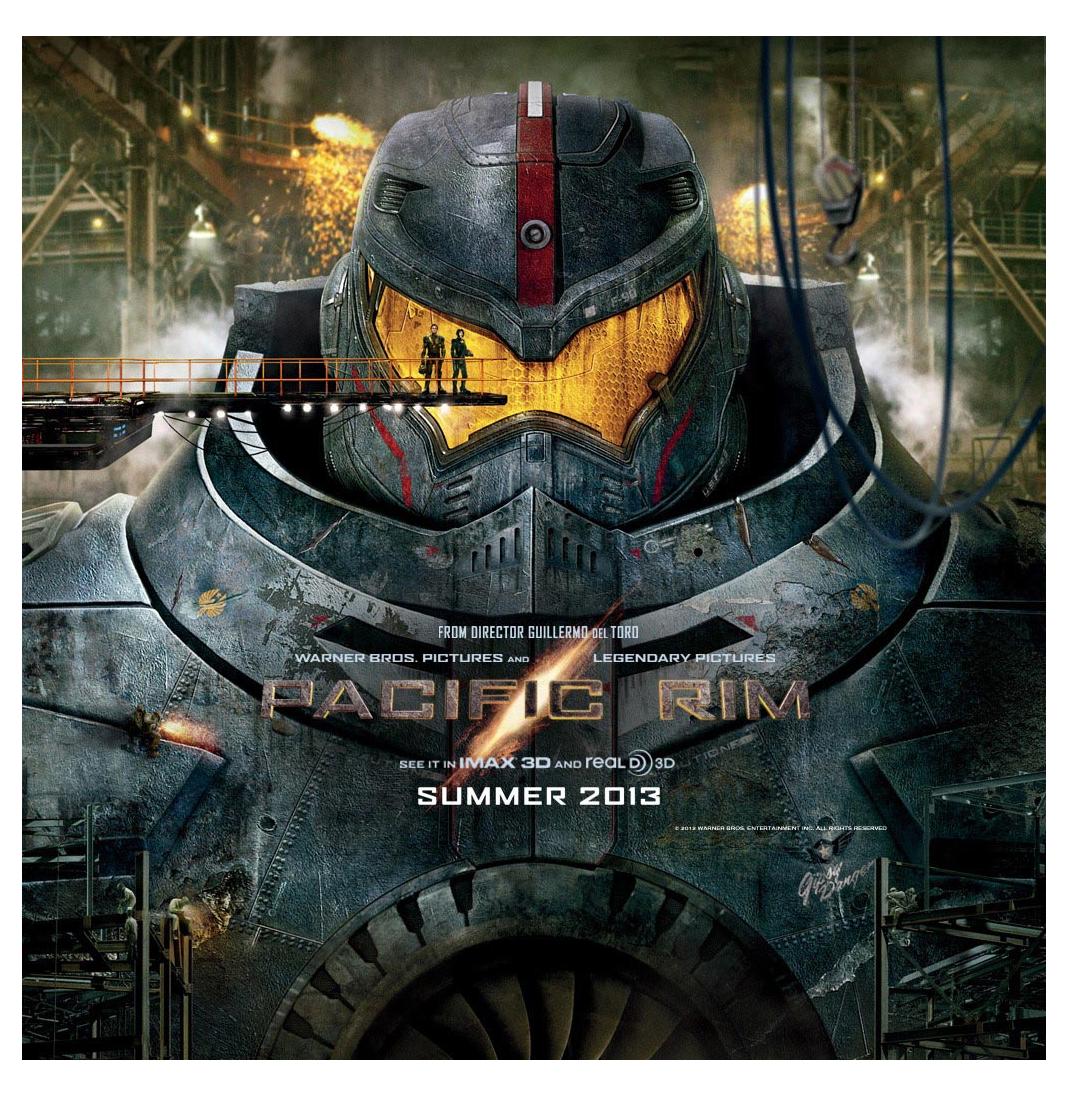 TB: I'd always been a fan of that sort of thing since I was a kid. I loved Voltron, I loved old GODZILLA movies-- they were some of the first things I remember seeing on any screen. So I've always been a huge, huge fan of that sort of thing. And as I got older, I started asking "When are they going to make one of these giant robot vs. giant monster movies? When are they going to make a modern summer version of this?" And I think at some point I just realized, I'm basically the "they" in this equation. I'm a working screenwriter. If I can't come up with an idea and pitch it, then what's the point? Especially when it's something that I'm this nuts about.
TB: I'd always been a fan of that sort of thing since I was a kid. I loved Voltron, I loved old GODZILLA movies-- they were some of the first things I remember seeing on any screen. So I've always been a huge, huge fan of that sort of thing. And as I got older, I started asking "When are they going to make one of these giant robot vs. giant monster movies? When are they going to make a modern summer version of this?" And I think at some point I just realized, I'm basically the "they" in this equation. I'm a working screenwriter. If I can't come up with an idea and pitch it, then what's the point? Especially when it's something that I'm this nuts about.But I think the problem was that's not necessarily a story in and of itself, you know, just wanting to see giant monsters and giant robots. That's not really a story in and of itself, because you know the robots are going to be fun to write, you know the monsters are going to be fun to write; you don't know you have anything at all until you know why the parts in-between are going to be fun to write, why the people are going to be fun to write, and who the characters are.
So I think the idea that really, really, allowed this to come into being, and allowed the story to pull itself together, the idea without which I don't think PACIFIC RIM would exist, was the realization that it took two pilots to drive these massive things. Two neurally-connected pilots. Because then suddenly relationships are literally at the core of the machine, they're what makes it work, they're what drives it. Suddenly, your feelings about the person next to you matter not only to your relationship, but to the safety of the world! The baggage that you bring in matters. So it was a device that let the story be about people, that let it be about humans, and the relationships between humans. And that I think is the lifeblood of PACIFIC RIM. I think the visuals are gorgeous and the special effects are to my eyes the most amazing thing that I've ever seen in my life. But what I'm most proud of, and what I really, really love about the movie and the whole world, is the extent to which people matter in it.
MA: Speaking of the visuals, did you have any input into what the Kaiju or Jaegers would look like?
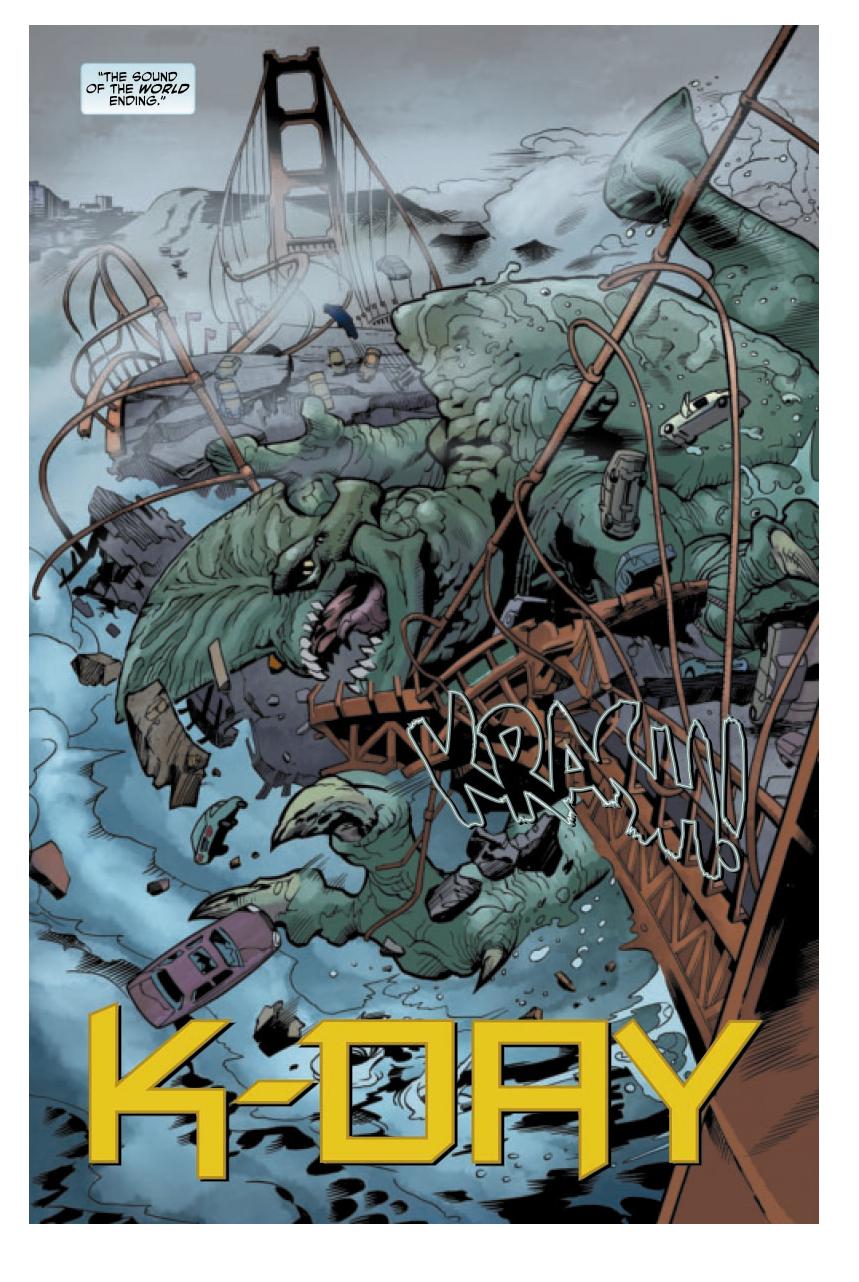 TB: I tried not to, actually. I think I'm sort of detail-obsessed as a writer, and I tend to, in the absence of any sort of self-awareness, when I'm not editing myself, go on at great lengths about the color of the wallpaper or whatever. But I knew that in writing this, I would give as much detail about the Kaiju as made sense. Like, oh, this one has a tail, this one spits acid, this one has four arms, but I would try not to get too detailed about it because I knew the people who design this sort of thing, who I've always had an abiding respect for, like the monster designers, and the special effects guys in Hollywood, are so lousy with talent that I thought it would be criminal of me to tell them what to do. I wanted them to have fun creating for this movie, because I knew that would give the best look for the monsters. And Guillermo was definitely the captain of that ship and was more excited to have a chance to supervise and pore over all that design work. He was like a kid in a candy store.
TB: I tried not to, actually. I think I'm sort of detail-obsessed as a writer, and I tend to, in the absence of any sort of self-awareness, when I'm not editing myself, go on at great lengths about the color of the wallpaper or whatever. But I knew that in writing this, I would give as much detail about the Kaiju as made sense. Like, oh, this one has a tail, this one spits acid, this one has four arms, but I would try not to get too detailed about it because I knew the people who design this sort of thing, who I've always had an abiding respect for, like the monster designers, and the special effects guys in Hollywood, are so lousy with talent that I thought it would be criminal of me to tell them what to do. I wanted them to have fun creating for this movie, because I knew that would give the best look for the monsters. And Guillermo was definitely the captain of that ship and was more excited to have a chance to supervise and pore over all that design work. He was like a kid in a candy store.MA: When you're writing the Kaiju, do you tend to approach them as forces of nature, or entities with some particular motivation?
TB: It's a little from both. They do have some motivation, but in a broader sense, and in a more immediate sense, and especially in the graphic novel, when we're seeing the first Kaiju, they are essentially forces of nature. And their motivations aren't really that apparent. By the time we get into the era of the movie, questions are starting to be asked about that. So in writing them, you're aware of why they're doing what they're doing, but you've also got to be keenly aware that the rest of the planet isn't aware why they're doing what they're doing. I think keeping the mystery behind that sort of thing is vital to movies like this. Anytime there's some alien species or alien race coming to Earth, I feel like... I don't know why this is, but the more that you explain why they're doing what they're doing, the less scary they get.
MA: The unknown.
TB: Yeah, it's the unknown. You don't understand what they're up to. So I think we're all interested in preserving the mystery behind what the Kaiju are doing and why.
MA: What is your collaboration with Guillermo like?
TB: Extremely fun. Very, very fun. It's hard to be intimidated by him. And actually, I think he was the first director that I met, and I was extraordinarily intimidated by him when I first met him, because I was fresh out of film school and I was definitely aware of his work, and a big fan of his work. But he's so garrulous and he's so generous and so enthusiastic and so sincere, that to talk to him and get to know him at any length is to like him. And so it was a lot of fun, and he's extraordinarily talented and he can split his attention so many different ways, I'm sort of in awe of it. But when he's just in a zone, and when he likes what he's doing, I think there's something infectious about that enthusiasm. It's been a very fun collaboration.
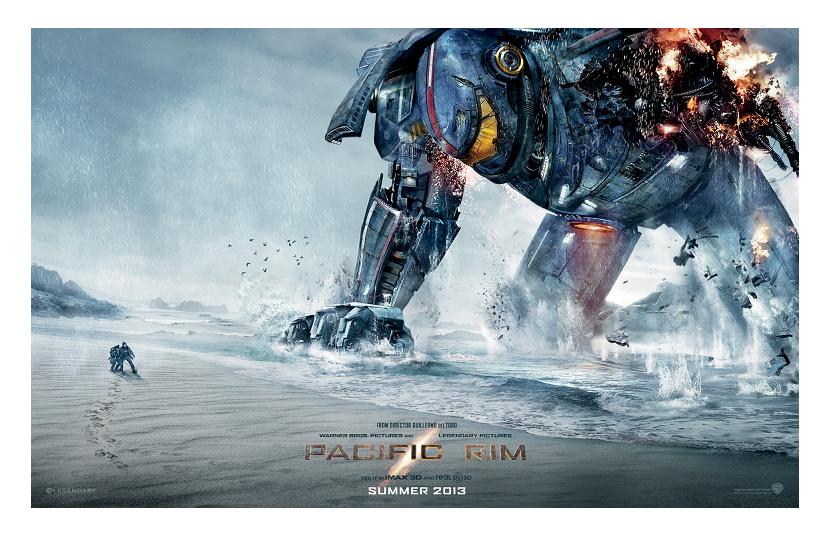 MA: How involved has he been with the development of the graphic novel?
MA: How involved has he been with the development of the graphic novel? TB: As involved as he could be. I think when it first started, he was still hip deep in the movie, but he was very interested in how it turned out. He's, I think, inherently a fan of the medium and of graphic novels, so he was very invested in it on that level and he followed the outlining of the story, and as he had time, and as we were getting more pages, he would give very specific notes at times and he had often strong opinions about how things looked, about how they should look, and how they don't look, and what should happen here or there.
MA: You also worked with a noted comics editor on this, Bob Schreck. What was it like working with him?
TB: He's great. Bob I think is the sternest taskmaster that I have ever had. (laughs) We were working on a really tight schedule to get this out on time and Bob, I think, has a way of motivating you. He's not a dick about it or anything, he's not like, "Damn you! Get this in!" But he is constantly like, "What do you have today? What do you have today?" So that I think really helped me find a pace in writing this, because naturally, I think most writers are innate procrastinators, and he was definitely an antidote to that.
MA: You've got a number of different artists working on the graphic novel. What are some of the strengths they bring to the stories?
TB: I think from the beginning, we were really interested in having each of the segments have sort of its own personality. We didn't want artists imitating each other's styles, we wanted them to sort of be themselves and to be able to look at each section and instantly know where you were in the timeline, in the history. And I think they each bring an incredibly unique set of strengths. We have sort of the more photorealistic one in Sean Chen and Chris Batista; also we have Pericles Junior who I think does a more animated, dynamic, comic book style for his section. So yeah, I think there's a really wide variety of voices in this book. And that's one of the things I'm most proud of, and really like about it, is that you can turn to any page and it all looks gorgeous in its own way.
MA: Was it a challenge to write your scripts in a way that would evoke the movie's imagery?
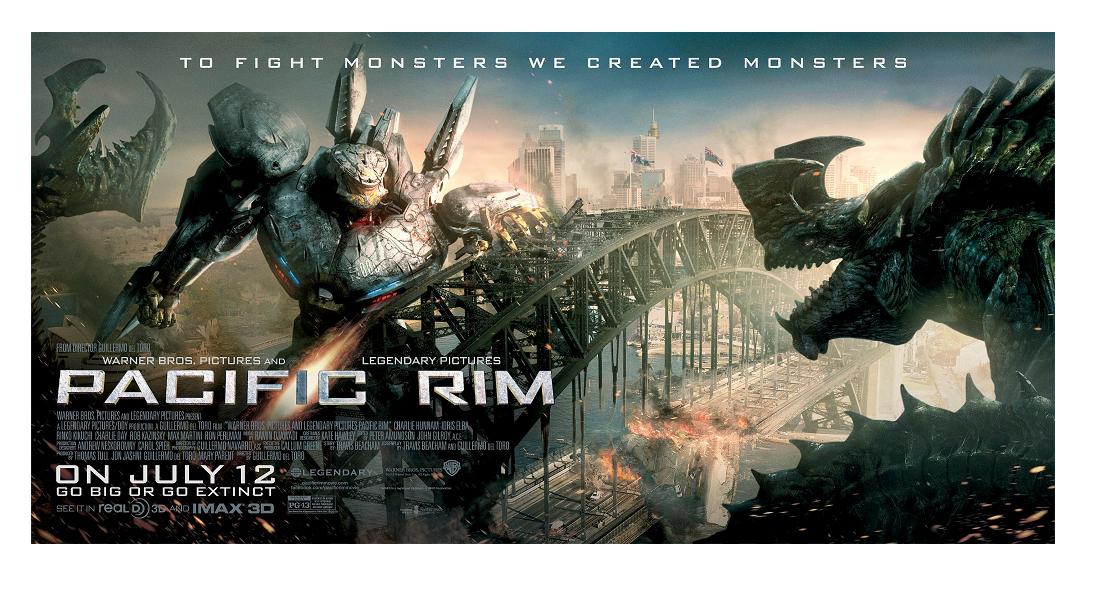 TB: Yeah, I think it was a challenge basically getting used to the format, more than anything else. Because I was so familiar with the screenplay format, and this was my first graphic novel script, and it took a while to figure out even what a graphic novel script should look like! I was looking at samples from Matt Wagner, to Alan Moore, to Warren Ellis, and they all looked extremely different! They all had very, very different sort of styles in how they write graphic novels and it took me a while to realize, "Ok, this is sort of a less formal way of writing." I think in movies you're necessarily constrained by format because so many people are going to reading it, and so many people are going to be interpreting it, and have to take the same thing away, but in graphic novels, I think the format is less strict because you're really only talking to the artist.
TB: Yeah, I think it was a challenge basically getting used to the format, more than anything else. Because I was so familiar with the screenplay format, and this was my first graphic novel script, and it took a while to figure out even what a graphic novel script should look like! I was looking at samples from Matt Wagner, to Alan Moore, to Warren Ellis, and they all looked extremely different! They all had very, very different sort of styles in how they write graphic novels and it took me a while to realize, "Ok, this is sort of a less formal way of writing." I think in movies you're necessarily constrained by format because so many people are going to reading it, and so many people are going to be interpreting it, and have to take the same thing away, but in graphic novels, I think the format is less strict because you're really only talking to the artist. MA: More personal.
TB: Yeah, more intimate, much more personal. So that was the biggest challenge in getting used to that, and thinking about how the story works in experiencing a movie vs. experiencing a graphic novel. You have to think about time differently, you have to think about space differently, and pacing, and transition. You have to structure the story very differently than when you're structuring a movie. And I think that was a big adjustment, but I'd love to think I got the hang of it!
MA: Do you have plans to write more comics?
TB: I would love to. Once I found my stride, I found the intimacy of the process to be very appealing creatively. And just between a few people, just a small handful of people to be able to turn out something that handsome and that beautiful, was really appealing to me. I would write as many graphic novels as people were interested in reading from me.
MA: Very cool. Well, that's about all the questions I've got for you, but I really want to thank you for taking the time to talk with me.
TB: Thank you! PACIFIC RIM hits theaters July 12th and look for Legendary Entertainment’s TALES FROM YEAR ZERO on June 18th in comic shops near you!
Matt Adler is a writer/journalist, currently writing for AICN among other outlets. He’s been reading comics for 20 years, writing about them for 7, and spends way, way, too much time thinking about them, which means he really has no choice but to figure out how to make a living out of them. He welcomes all feedback.
Proofs, co-edits & common sense provided by Sleazy G
